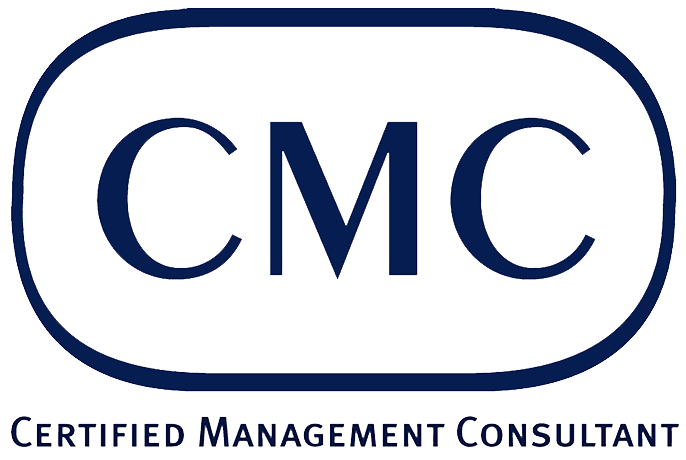Contemporary project methods and approaches have a very high failure rate, with roughly two out of three projects failing or being "impaired”. How can this failure rate be explained?[1]
One explanation is the demand for better outcomes cannot be satisfied by doing more of the same.
Is it sensible to consider a fundamentally different approach?
You’re welcome to apply aspects of the Small Project System (SPS) for the benefit of your clients.
You’ll find SPS both recognizable and different.
· SPS is recognizable because of compatibility with the Project Management Institute’s (PMI) PMBOK® (Project Management Body of Knowledge).
· SPS is different in the ultra-intense focus on the Critical First 5% using ultra-lightweight, empirical methods.
It’s Not a Single Problem
Small projects are likened to "…being nibbled to death by ducks.”
In addition to a relatively few large projects, your clients have a large number of small projects. By themselves, [probably] no one small effort presents meaningful challenges.
Which would be the end of this story…except…small projects don’t exist by themselves.
Small projects exist is a chaotic[2] tangle. They are interdependent and aggregated. The chaotic hash obscures significant problems. And they can also present a valuable opportunity for you.
Large or small, projects are designed to:
· establish and manage project expectations and project scope
· Gain agreement on deliverables and the meaning of success
· Build consensus regarding approach, timing & participation
· Manage risks
Empirical or Process?
Larger, more "process-driven,” projects can afford the burden of rigor. Although small projects can’t afford such burden—they have the need…which can be met two ways.
One is "empirical processes.” Fundamentally different from traditional process-driven methods, an "empirical process” approach focuses on outcomes; not the process. To do this, measure outputs; not steps.
The other way is to affect your client’s mental models.
Mental Models
Project Managers—and everyone associated with a project—have incomplete project mental models. Individual models are shaped by perceptions, experiences, assumptions, the absence—and presence—of information, and a variety of other factors.
Consultants add value by helping clients move quickly from unknowingly constrained mental models representing one incomplete view—to a unified mental model reflecting all views.
As a consultant, you provide great value facilitating your client’s unified mental model. Specifically, this means, bring them together…not via Email…and without delays.
Why are delays dangerous? Latency is an invisible, negative influence on projects. The SPS advocates "…fast, unequivocal ‘Decisions-Made’ are preferred to superlative decision-making.”
How can Decisions-Made be achieved? By the artful use of a single page.
Project Initiation with a Single Page
The use of a single page leads to maximum expressivity with a minimum of space. The effective use of careful structure within a constrained space helps people think and express themselves more clearly. A single page is also readily accessible and quickly understood; thus, communication is also accelerated.
While the single page is helpful, the collaborative, feedback-intensive process used to create the single page is most beneficial for clients. When more rigorous artifacts are needed, authoring them is easier. Why? The most important decisions and agreements were achieved—by the affected parties—while creating the single page.
Small Projects Mean Large Consulting Value
You can immediately provide extra value to your clients and their large number of small projects:
1. Force latency out of initiation using empirical processes.
2. Fast, unequivocal "Decisions-Made” are preferred to superlative decision-making.
3. Simple, accessible artifacts are preferred to exhaustive tomes.
Dr. Rick Hubbard first earned his CMC in 1986 and has participated been active in the Northern California Chapter and the national IMC organization. He’s helped practitioners—in a dozen countries—save millions of dollars with the Small Project System (http://www.SmallProjectSystem.com). He has been certified as a Project Management Professional (PMP) by the Project Management Institute; a Certified ScrumMaster member of the Scrum Alliance; a Member of the Systems Dynamics Society.
